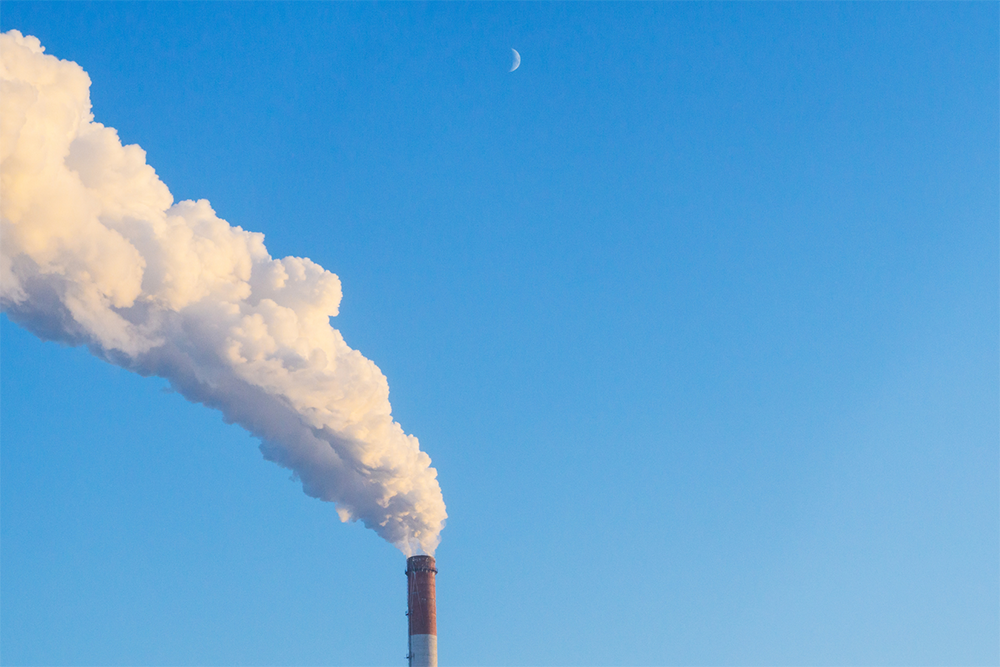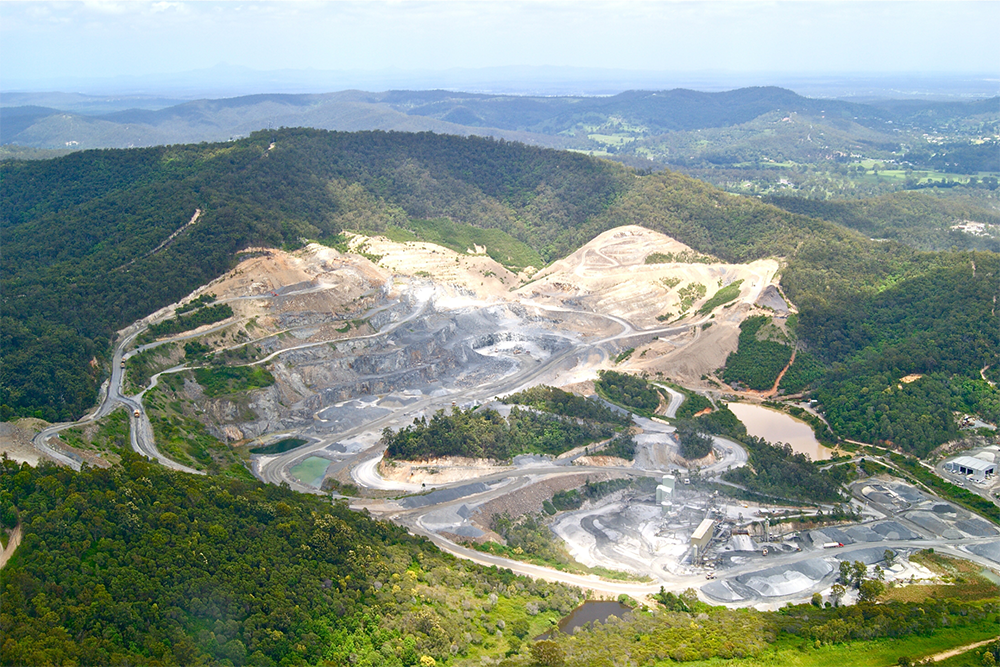PM 2.5 National Ambient Air Quality Standard
The U.S. Environmental Protection Agency (EPA) finalized a rule to reconsider the National Ambient Air Quality Standards (NAAQS) for fine particulate matter (PM2.5), which will have an adverse impact on the minerals industry.
The nation’s air quality has significantly improved, with a 42 percent reduction in PM2.5 since 2000. Recent analysis conducted by the EPA found that fewer than 20 percent of PM2.5 emissions are from industrial processes or stationary fuel consumption. Most emissions are from sources well outside of our control, with fires, road dust, agriculture, and other nonpoint sources.
Despite this progress, the EPA reduced allowable emissions levels by 25 percent, putting innovation and economic growth at risk. With the standard set at what are essentially background levels, this rule will make it difficult for EMA members to obtain permits for the construction of new mines and processing facilities and to maintain compliance for existing facilities. This puts the United States at a competitive disadvantage by making it more difficult to construct or expand factories at a time when firms are actively seeking to diversify their supply chains and spur new industrial investments.
EMA provided detailed comments to EPA on the proposed PM2.5 rule pointing out many problems; however, EPA published the final rule without taking them into account.



